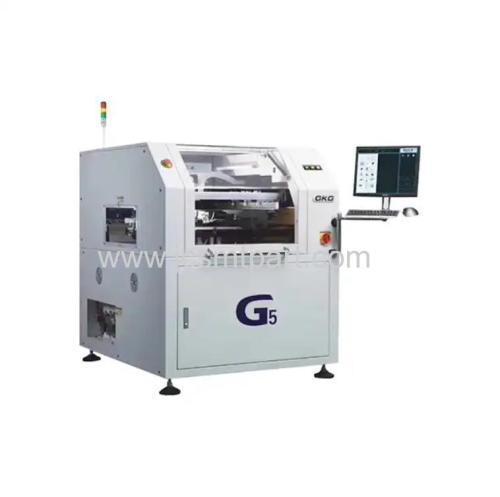
|
Jinchen Electric Technology Co.,Ltd
|
Gold Index: 37414
Product (515)
- SMT line (11)
- JUKI Feeder (34)
- FUJI feeder (16)
- Panasonic feeder (8)
- Yamaha feeder (20)
- Samsung/Hanwha feeder (20)
- SMT nozzle (93)
- SMT FEEDER calibration jigs (11)
- SMT spare parts (183)
- SMT feeder parts (33)
- SMT feeder cart (9)
- Marketing Product (71)
- ESD products (4)
- SMT AI Part (2)
News (39)
Credit Report
Products Index
Company Info
Jinchen Electric Technology Co.,Ltd [China (Mainland)]
Business Type:Manufacturer, Trading Company, Agent, Service
City: Dongguan
Province/State: Guangdong
Country/Region: China (Mainland)
News
How to integrate smt motors into existing systems

Compatibility Assessment: Before integrating SMT Motors into your existing system, it is important to assess the compatibility of the motors with your system requirements. Check the power rating, speed, torque, and mounting configuration of the SMT Motors to ensure they align with the specifications of your system.
Mechanical Integration: Ensure that the physical dimensions and mounting interfaces of the SMT Motors are compatible with your existing system. Make any necessary modifications to the mounting structure or motor housing to securely integrate the motors into your system.
Electrical Integration: Connect the electrical wiring of the SMT Motors to your existing system according to the manufacturer's specifications. Ensure that the voltage, current, and control signals are properly routed to the motors to enable seamless operation.
Testing and Calibration: After integrating the SMT Motors into your system, perform thorough testing and calibration to ensure proper functionality. Check for any issues related to motor performance, temperature, and efficiency, and make any necessary adjustments to optimize the integration.
Monitoring and Maintenance: Once the integration is complete, establish a monitoring and maintenance schedule to regularly check the performance of the SMT Motors in your system. Keep track of motor operating conditions, temperature levels, and any signs of wear or damage to ensure long-term reliability.
By following these steps, you can successfully integrate SMT Motors into your existing system for underwater applications, ensuring reliable and efficient operation in challenging underwater environments.
Pre Page:
Smt motors with high torque and low...
Next Page:
Smt motors for underwater applications


